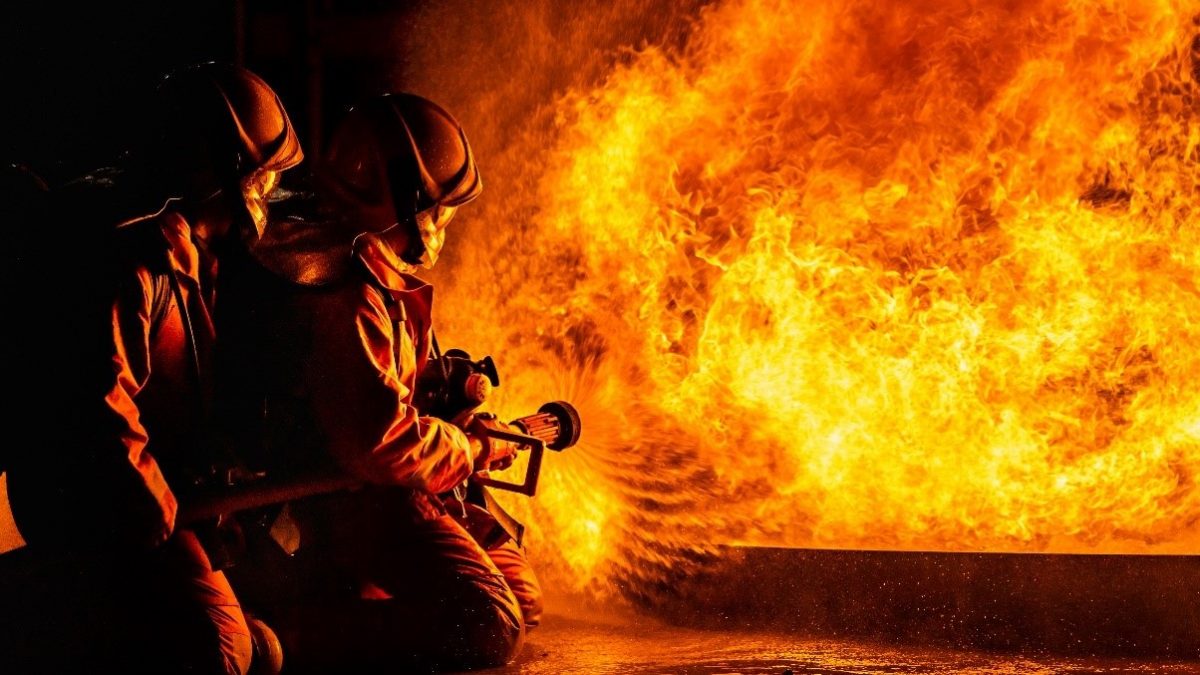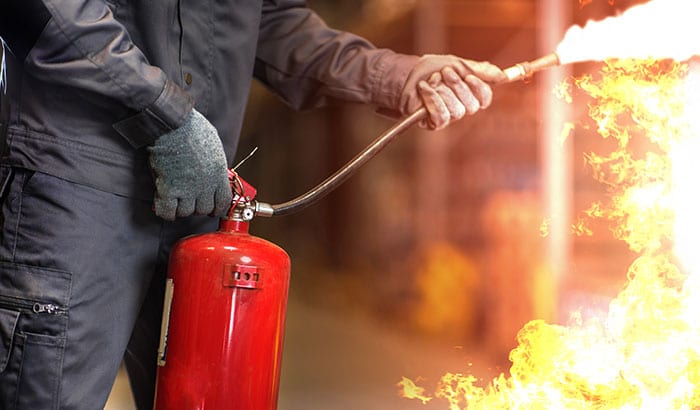In an ever-evolving landscape of safety regulations and fire-related incidents, conducting a comprehensive fire risk assessment for your facility is not just a legal obligation—it’s an essential keystone of responsible management.
Every facility, whether it’s a bustling office building, a manufacturing plant humming with activity, or a cozy retail shop, carries its unique set of fire risks, influenced by its layout, operations, and occupancy.
This article delves into the intricate process of identifying, evaluating, and prioritizing potential fire hazards within your space. We will guide you step-by-step, emphasizing the importance of a thorough examination that not only meets compliance standards but also fosters a culture of safety among employees and visitors alike.
From understanding the fundamentals of fire risk to implementing effective mitigation strategies, prepare to embark on a journey that transforms your approach to fire safety.
Understanding Fire Hazards

Understanding fire hazards requires a thorough exploration of various factors that contribute to potential danger within a facility.It is not just the presence of flammable materials that pose a risk; even mundane elements like electrical wiring, heating systems, and even human behavior can ignite devastating flames. Imagine a stack of papers left too close to a heater or an overloaded power strip quietly waiting for its moment to spark.
Recognizing these varied hazards involves a methodical approach, where each corner of the premises is examined for vulnerabilities. Are there areas where fire could spread unchecked, or where emergency exits are obstructed and inaccessible?
By delving into the complexities of combustion, material properties, and environmental conditions, one can better identify where the highest risks lurk and develop strategies to mitigate them effectively.
This understanding is not just about prevention tests about creating a culture of safety that empowers everyone in the facility to recognize and respond to fire risks proactively.
Legal Requirements and Standards

When conducting a fire risk assessment for your facility, it is imperative to navigate the intricate web of legal requirements and standards that govern fire safety.
National and local regulations, such as the Fire Safety Order, demand not only compliance but also a proactive approach to identifying potential hazards. Each facility is unique, and understanding the specific codes applicable to your building type is crucial.
This often involves consulting with local fire marshals and reviewing industry guidelines that may dictate the necessary preventive measures and training protocols. Additionally, maintaining documentation of your assessments, findings, and corrective actions is not merely a best practice; it’s a legal obligation that could safeguard you against liability.
As you assess your facility, remember that a thorough understanding of these legal frameworks is vital in fostering a culture of safety and preparedness.
Preparing for the Assessment

Preparing for a comprehensive fire risk assessment involves several essential steps that lay the groundwork for a thorough evaluation. First and foremost, gather your team—including key stakeholders, safety personnel, and maintenance staff who possess intimate knowledge of the facility.
Conduct initial walkthroughs to familiarize everyone with the layout and potential hazards lurking in corners. Next, compile relevant documents, such as blueprints and previous risk assessments, which will serve as crucial reference points. Additionally, consider establishing a checklist that covers various elements of fire safety—these can range from identifying combustible materials to examining existing fire protection systems.
Schedule interviews or discussions with employees to gather insights about their experiences and any concerns they may have regarding fire safety. Remember, communication is key; ensure that everyone understands their roles in this process.
With thorough preparation, you’re setting the stage for a successful and impactful assessment that not only identifies risks but also enhances the overall safety culture within your facility.
Conclusion
In conclusion, conducting a comprehensive fire risk assessment is an essential step in ensuring the safety and protection of your facility, its occupants, and assets. By systematically identifying potential fire hazards, evaluating existing safety measures, and implementing effective preventive strategies, you can significantly reduce the likelihood of fire incidents.
Regular reviews and updates to your fire risk assessment will ensure that your safety protocols evolve with changes in your facility and compliance requirements. Taking a proactive approach to fire risk management not only enhances safety but also fosters a culture of responsibility and awareness among staff, ultimately contributing to a safer working environment for everyone.




